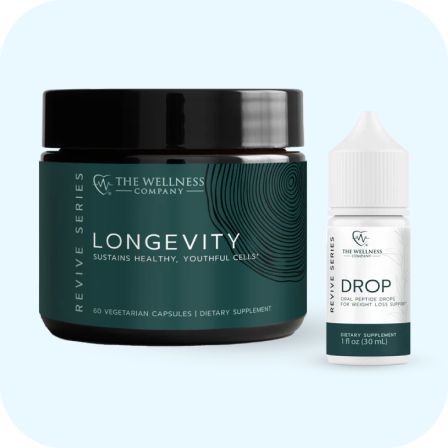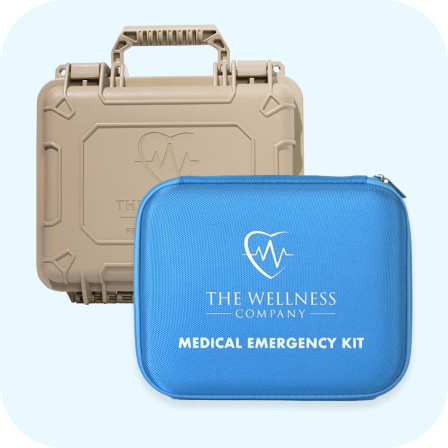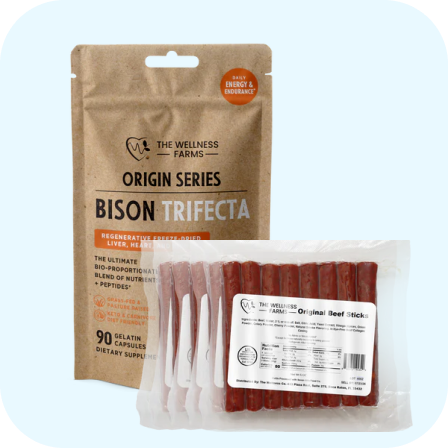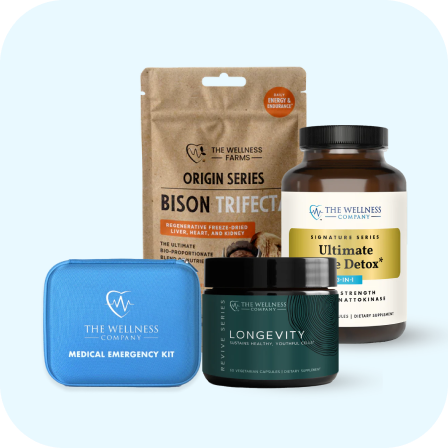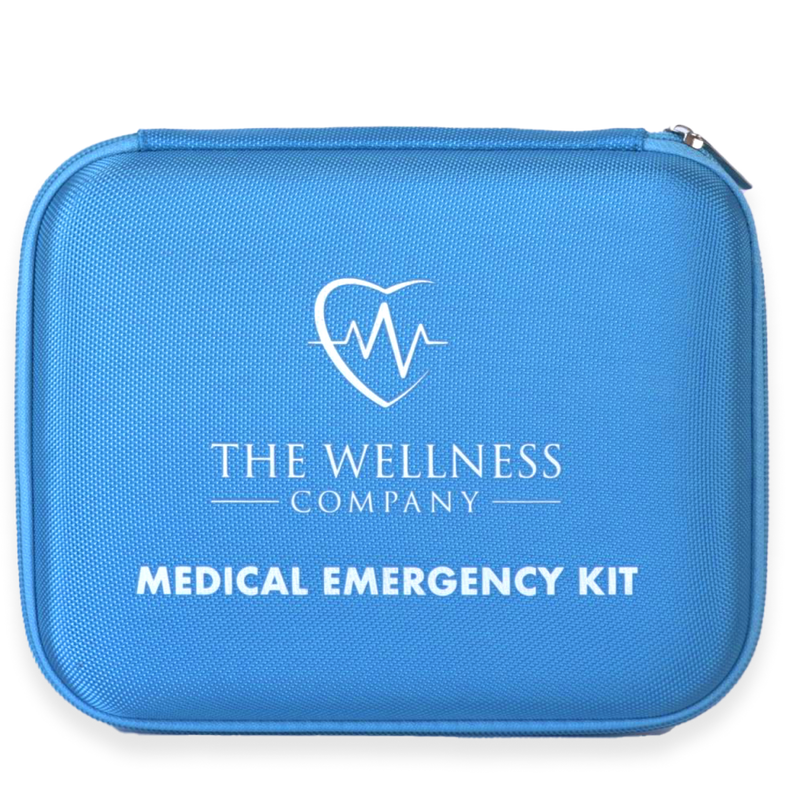Traveling with Medication? Know the Rules
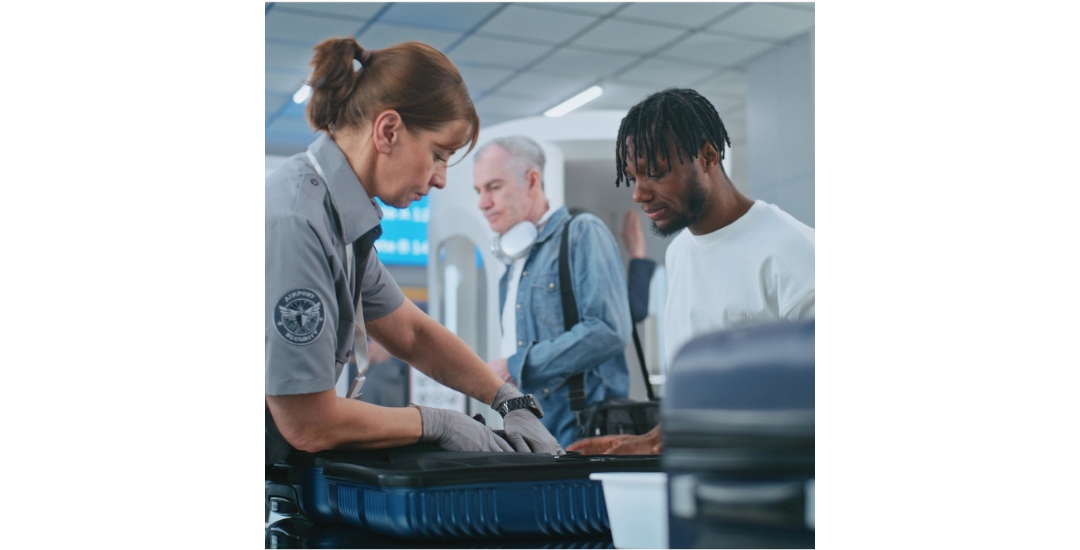
Travel Smart: Navigating TSA with Your Prescription Travel Kit
The long-anticipated vacation is almost here. You secured your passport, arranged for mail to be held at the local post office, and have someone to look after your home in your absence. One often overlooked item is traveling with medications. Know the rules—don’t wait until the last minute when traveling with medications.
Plan for Success: 4–6 Weeks Before Your Trip
Whether you travel domestically or abroad, a successful trip starts with planning. The CDC, the embassy for the country you are visiting, and the International Narcotics Control Board are good resources to know which medications are allowed, the amounts you can bring, and any other laws specific to your destination.
Each country has its own set of regulations—from the quantity you can bring into the country, types of medications allowed, and how it is labeled and packaged. If your medication is not allowed, ask your doctor about alternatives that are permitted at your destination.
Being Prepared Is Key to a Successful Trip
The Wellness Company Travel Emergency Kit is a must-have no matter where you travel. It treats over 30 medical conditions—items you would need for minor emergencies.
Along with the 20-page guidebook and hardshell case, the prescription medications are clearly labeled to treat:
- Allergic skin rashes
- Motion sickness (a must-have if you are prone to getting airsick)
- Urinary tract infections
- Infectious diarrhea
- Strep throat and more
In addition to the Travel Emergency Kit, below are tips that can glide you effortlessly through TSA checkpoints:
- Original labeled containers: Keep medications in pharmacy-labeled bottles with your name, dosage, and prescriber details. Double check your identification against the prescription bottles to ensure they match.
- Prescription documentation: Carry a copy of your prescription and a doctor’s note explaining medical necessity, especially for controlled substances (e.g., antibiotics like amoxicillin or ivermectin).
- Liquid/gel medications: Declare liquids (e.g., Mupirocin cream) separately at security. TSA allows over 3.4 oz if medically necessary.
Carry-On vs. Checked Luggage
- Always prioritize carry-on: TSA recommends keeping medications in your personal item to prevent loss or theft. This is critical for temperature-sensitive items (e.g., some liquid antibiotics) requiring gel packs.
- Checked bags as backup: If carrying large quantities, split supplies between bags but keep essentials on you. International flights often have stricter limits.
International Travel Considerations
- Controlled substances: Check with the International Narcotics Control Board. At minimum, you’ll need a doctor’s letter for drugs like opioids or ADHD medications specifying dosage and travel dates.
- Translation needs: Some countries require prescriptions translated into the local language. Check embassy guidelines beforehand.
- Customs declarations: Declare all medications upon arrival.
Final Tips
Before your trip, verify TSA’s latest guidelines and destination-country rules. The Wellness Company’s Travel Emergency Kit—with pre-screened medications and a compliance-focused design—simplifies the process but always double-check laws for controlled substances. With labeled containers, smart packing, and proactive research, you’ll breeze through security and stay prepared, wherever you roam.
Helpful Resources:
- TSA Medication Guidelines
- International Narcotics Control Board
- International Travel Advice – U.S. State Department
- Contact the U.S. Embassy for Destination-Specific Rules
Written By Brooke Lounsbury








